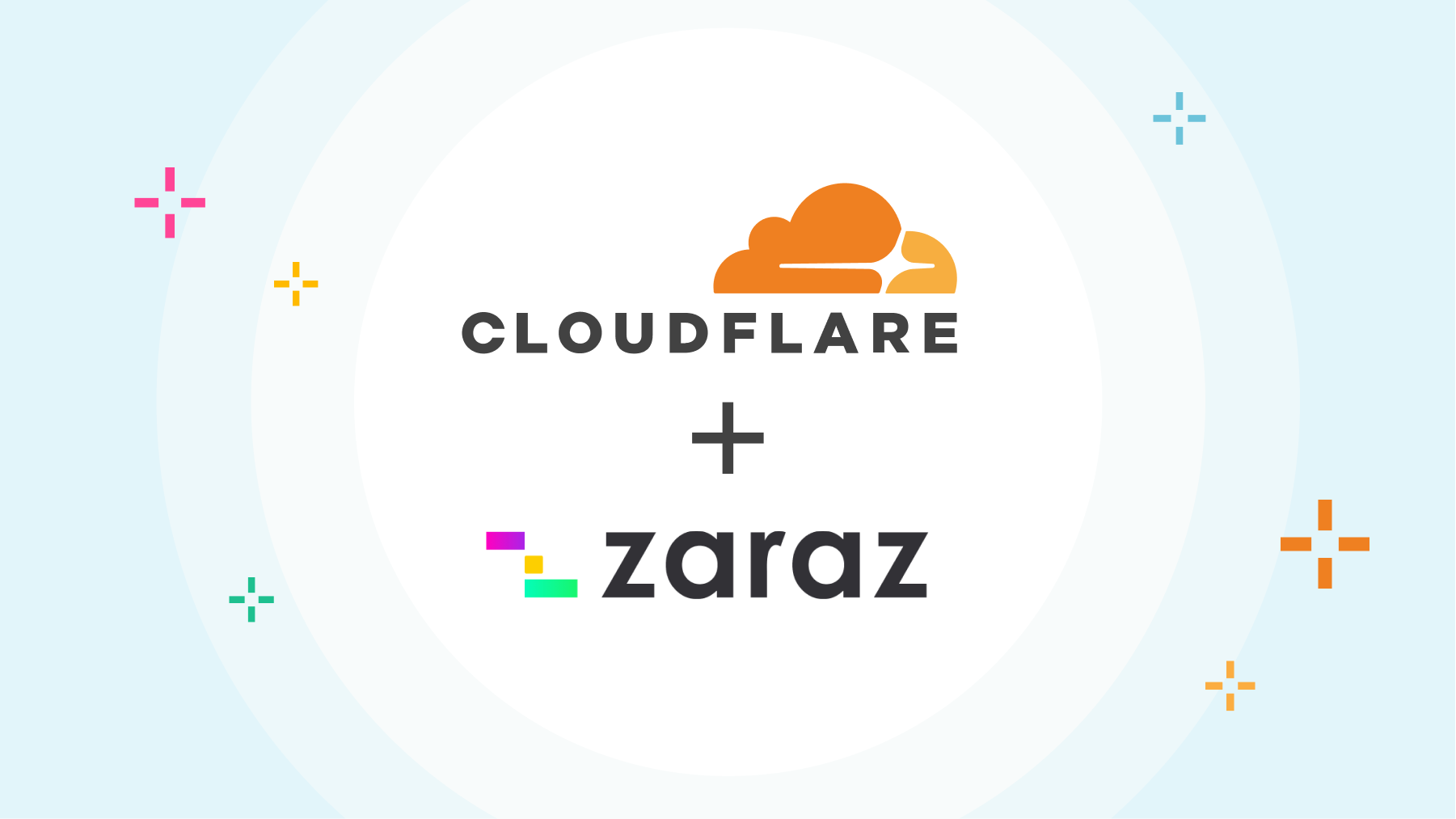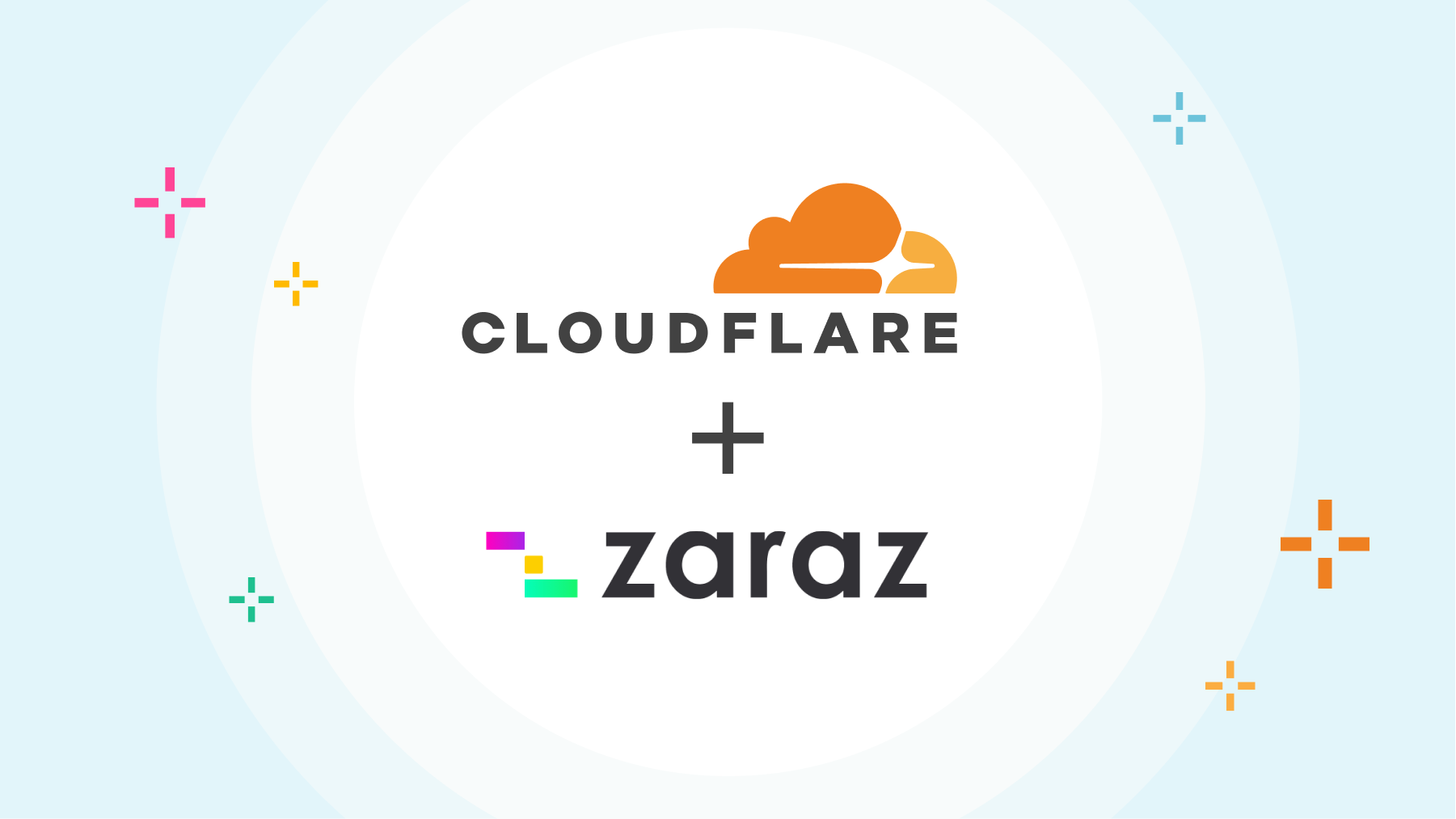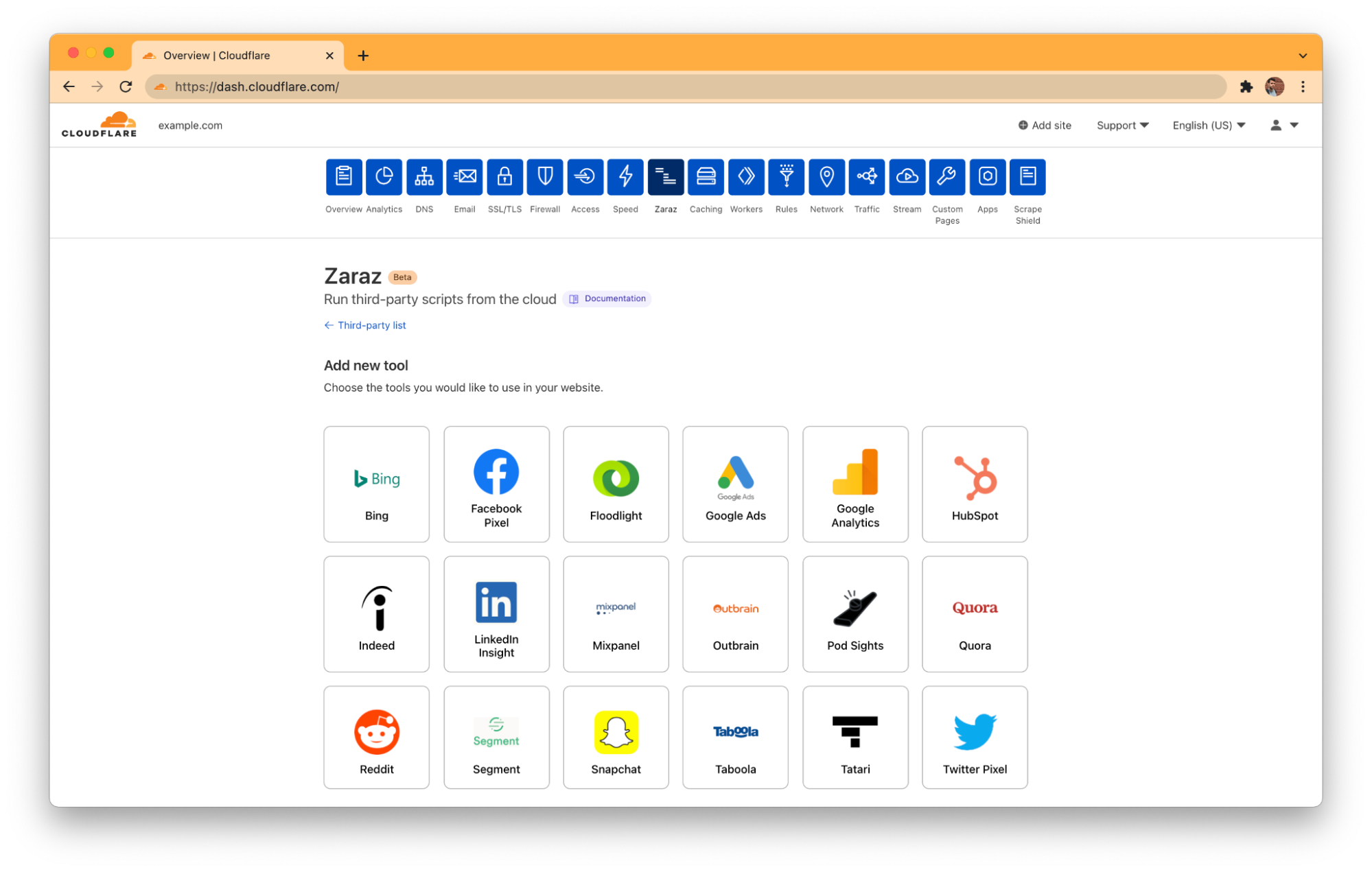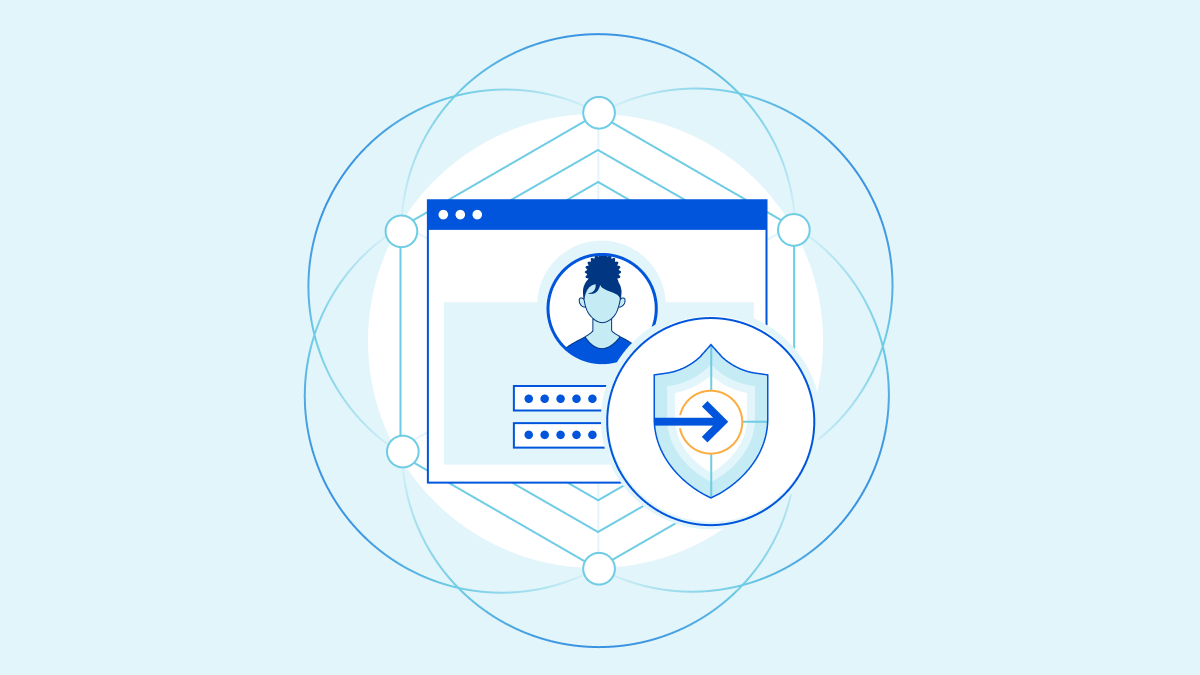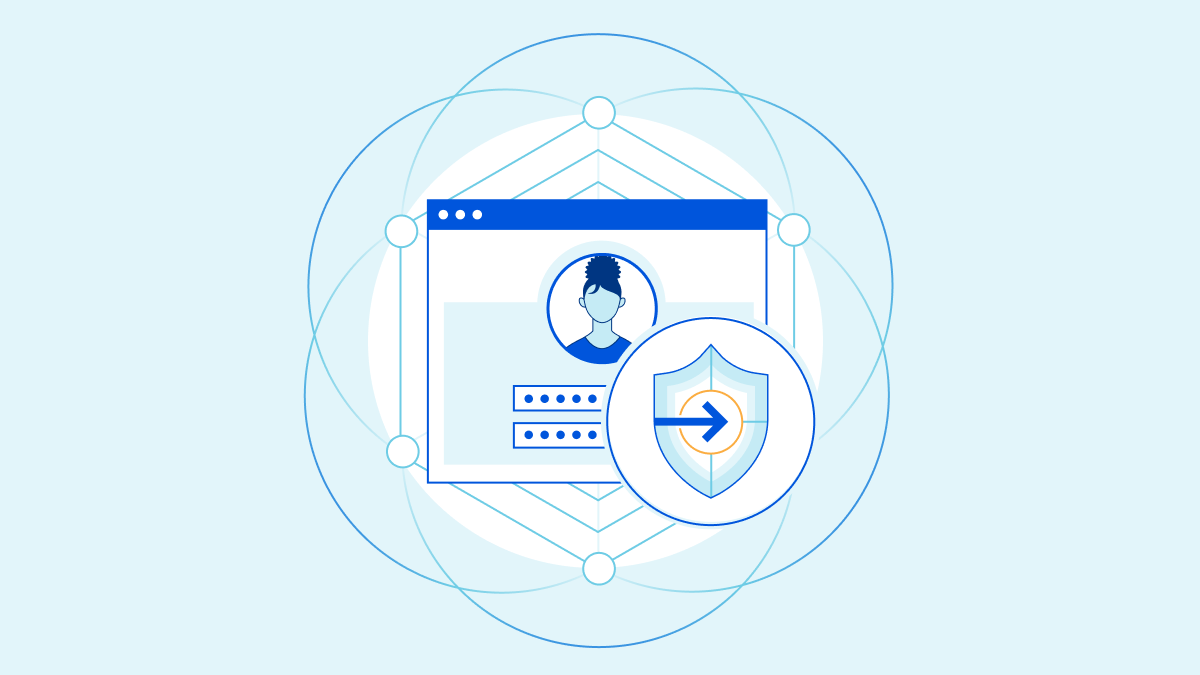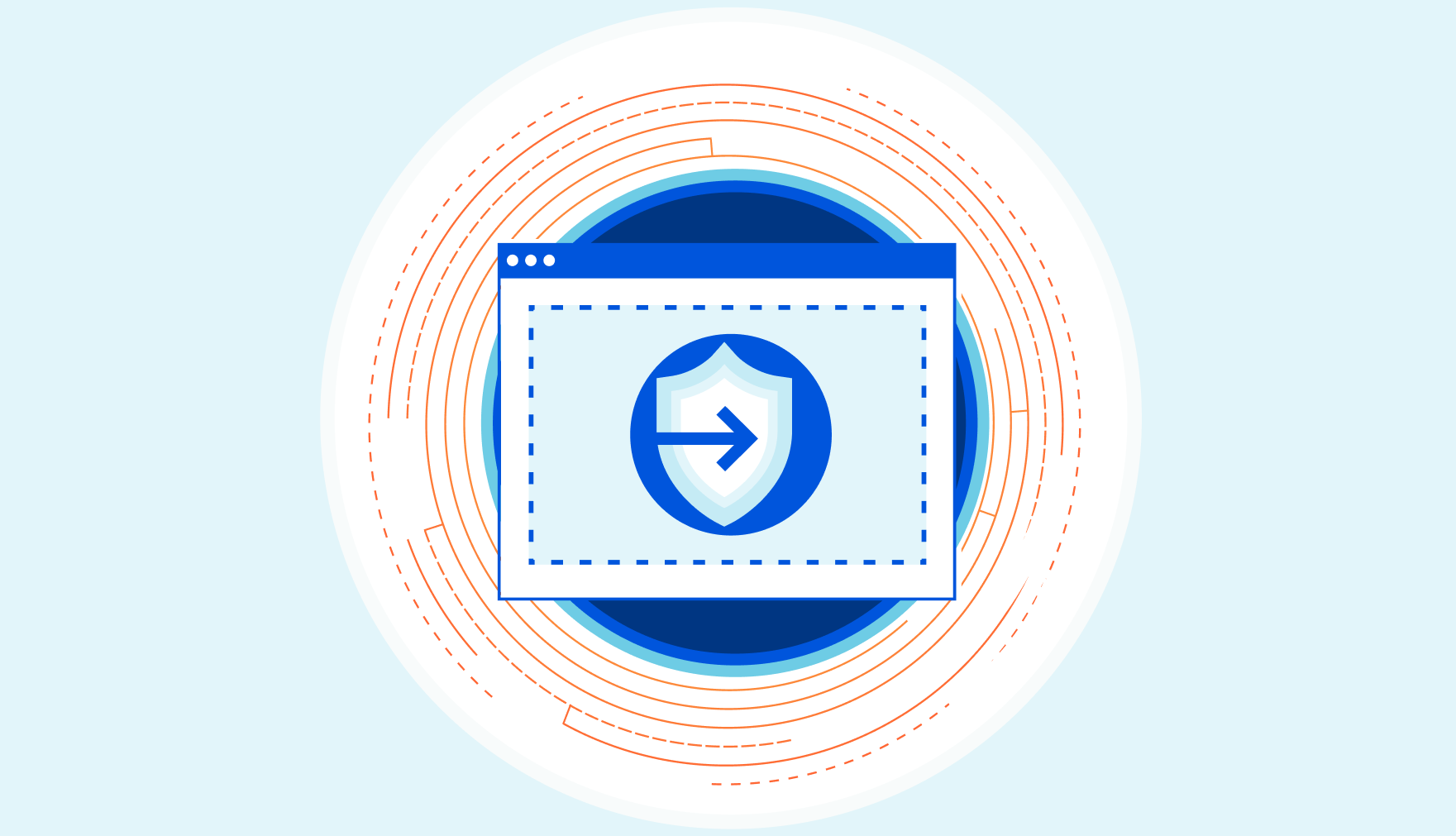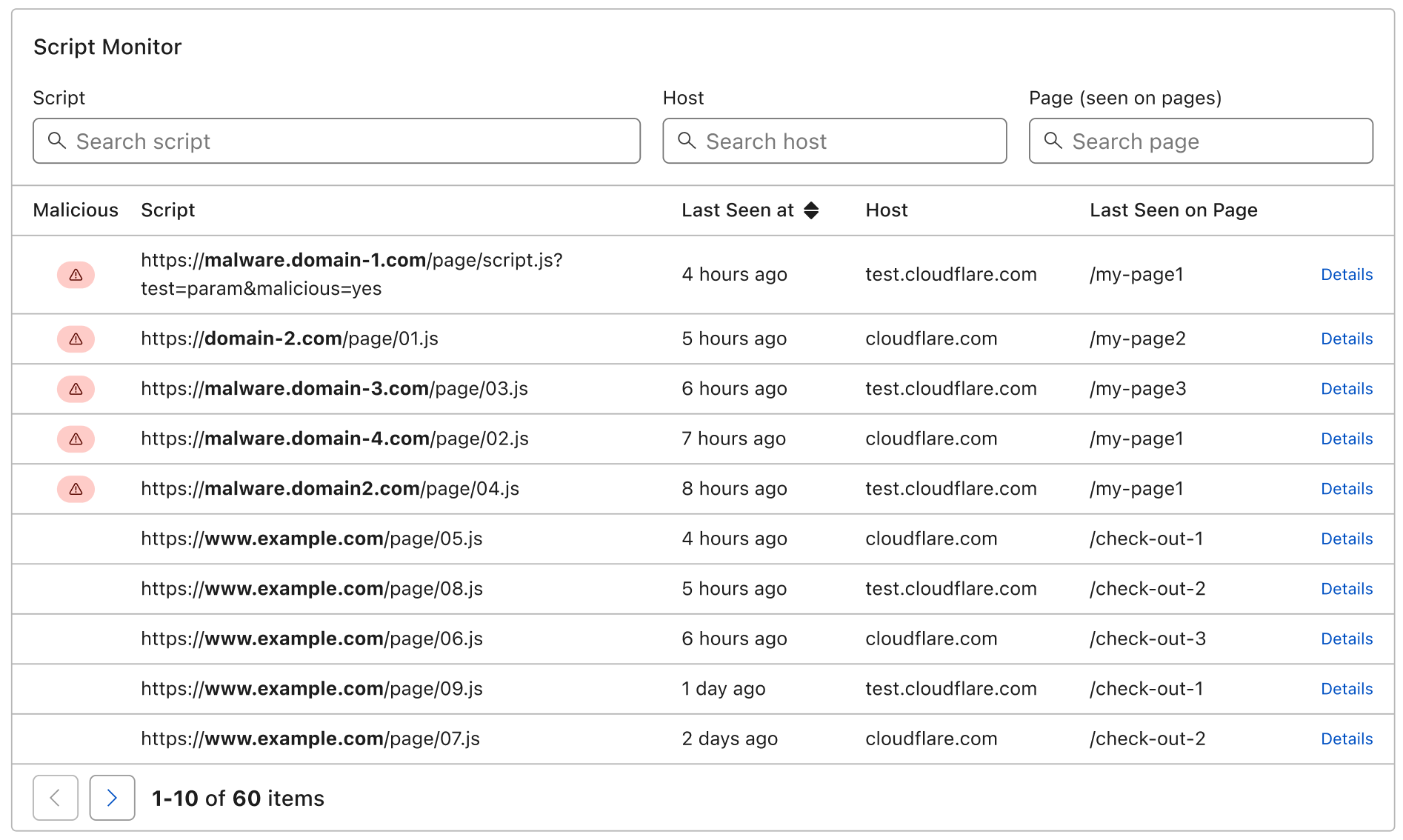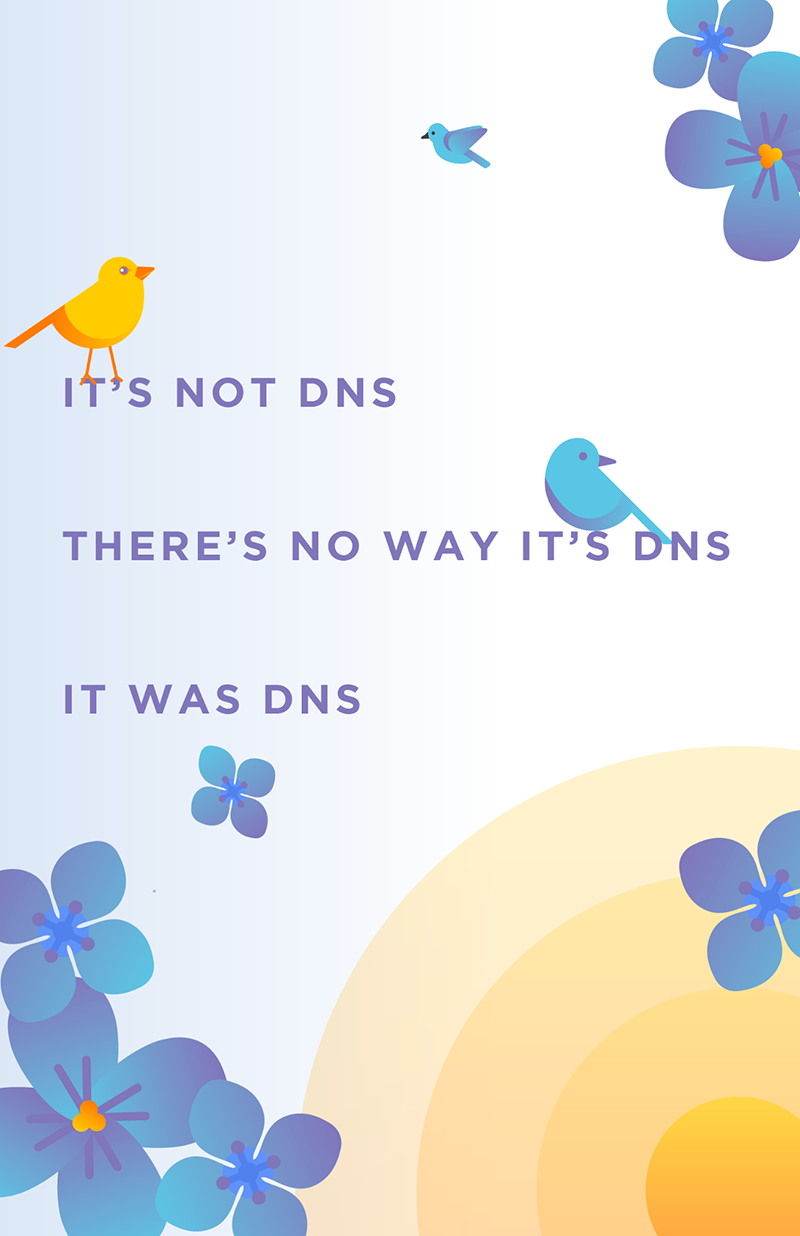AMD: The Phoenix of tech
Five years ago, AMD was hanging on by a thread. Sales had dropped below $1 billion per quarter. Its client and server CPUs were no longer competitive with Intel’s. Its Opteron server-CPU market share was less than one percent. Its GPU products were a little better but Nvidia had the mindshare.Then two things happened: Dr. Lisa Su ascended to the CEO position, and it developed the Zen microarchitecture, a clean-sheet, from-scratch redesign of the x86 architecture.[Get regularly scheduled insights by signing up for Network World newsletters.] The result? Epyc server processors now account for somewhere between 10% market share, as per Mercury Research, and 16%, as per Omdia. The AMD Ryzen desktop processor is the CPU of choice for gamers. And in Q3 of 2021, AMD reported sales of $4 billion, more in one quarter than AMD did in all of fiscal 2015 ($3.9 billion).To read this article in full, please click here


